Intersections’ Nonprofit Spotlight profiles organizations propelling positive change in South L.A.
___________________________________________________________________
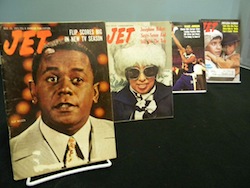
Mayme A. Clayton Library & Museum features classic issues of Jet Magazine | Photo Courtesy of Mayme A Clayton Library & Museum
What is the purpose of the Mayme A. Clayton Library & Museum? Dr. Clayton, a university librarian, collector, and historian, believed that preserving and sharing the scattered and often neglected history of Americans of African descent was vitally important for current and future generations. Working independently for over 40 years, Dr. Clayton meticulously amassed a collection characterized as “one of the finest collections of African-American literature, manuscripts, films, and ephemera in private hands.”
Which areas does the Mayme A. Clayton Library & Museum‘s serve?
Culver City, West L.A., Baldwin Hills, South L.A. and Inglewood.
What services does the Mayme A. Clayton Library & Museum‘s provide?
Tours, research opportunities, filming opportunities, intern assignments, monthly movies, meeting spaces.
What are some of the Mayme A. Clayton Library & Museum‘s accomplishments?
MCLM’s Rare Books Collection contains more than 30,000 rare and out-of-print books written by or about African Americans. Our film archive contains over 700 film titles from 1916 in 16mm, 35mm, VHS, and DVD formats.
What does the Mayme A. Clayton Library & Museum consider as…
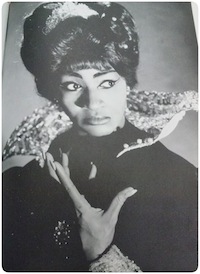
Grace Bumbry, opera singer, portraying Eboli in Verdi’s Don Carol at the NY Metropolitan Opera | Photo Courtesy of the Mayme A. Clayton Library & Museum Photo Collection
…top recreational issues in South L.A.? South L.A is trying to become a more vibrant, recreational place to come to.
…top education issues in South L.A.? The need for more after-school and school vacations programs for kids.
In which areas could the Mayme A. Clayton Library & Museum use volunteers?
Docent, archiving, digitizing, reception, social media and marketing, newsletter, computer maintenance.
What are Mayme A. Clayton Library & Museum’s affiliated programs? Educational Tours, Manuscripts and Archives Collection, Rare Books Collection, Film and Recorded Sound Archives, Photographs and Prints Collection, Art and Artifacts Collection.
Social Media: Facebook, Twitter
Hours: Thursday, Friday and Saturday 10:30 a.m. – 4 p.m.
Contact info: Cara Adams, [email protected], 310-202-1647.










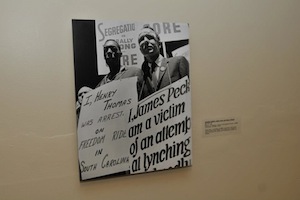
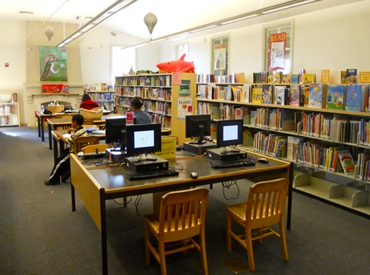 The Jefferson Branch Library, open for nearly a century, is a building that has witnessed the changing landscape and make-up of the Jefferson Park community. It is one of the few buildings in the neighborhood placed on the National Registrar of Historic Places, recognizing its early 20th century Spanish-style architecture.
The Jefferson Branch Library, open for nearly a century, is a building that has witnessed the changing landscape and make-up of the Jefferson Park community. It is one of the few buildings in the neighborhood placed on the National Registrar of Historic Places, recognizing its early 20th century Spanish-style architecture.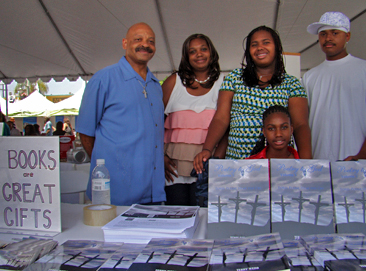
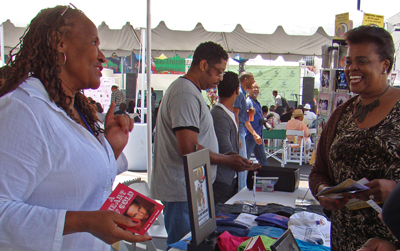
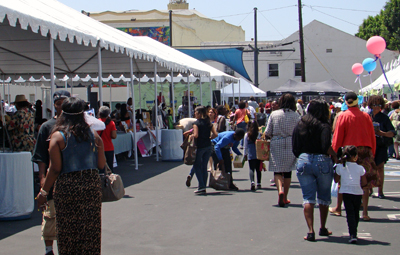
 In her landmark work In Search of Our Mother’s Gardens, Alice Walker wrote: “What did it mean for a black woman to be an artist in our grandmother’s time? Our great-grandmothers’ day? Did you have a genius of a great-great-grandmother who died under some ignorant and depraved white overseer’s lash? Or was her body broken and forced to bear children (who were more often than not sold away from her)—eight, ten, fifteen, twenty children—when her one joy was the thought of modeling heroic figures of rebellion?”
In her landmark work In Search of Our Mother’s Gardens, Alice Walker wrote: “What did it mean for a black woman to be an artist in our grandmother’s time? Our great-grandmothers’ day? Did you have a genius of a great-great-grandmother who died under some ignorant and depraved white overseer’s lash? Or was her body broken and forced to bear children (who were more often than not sold away from her)—eight, ten, fifteen, twenty children—when her one joy was the thought of modeling heroic figures of rebellion?” 




